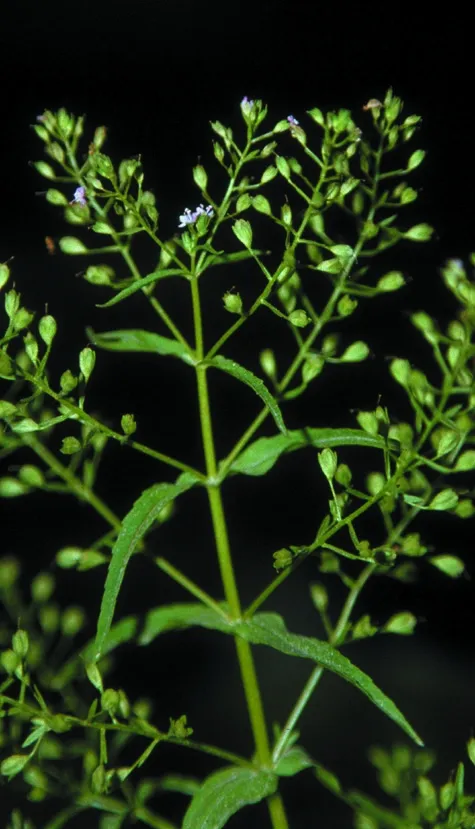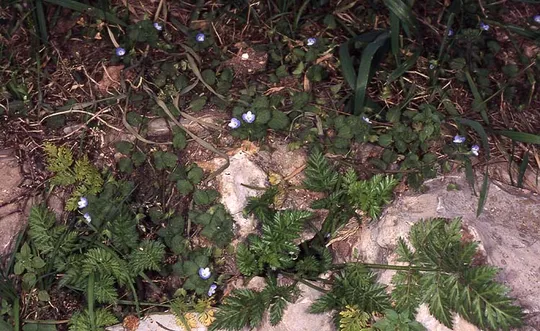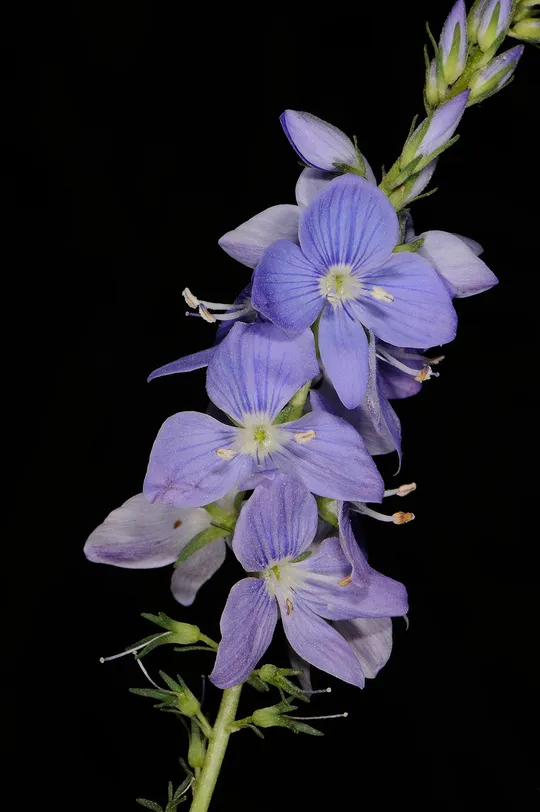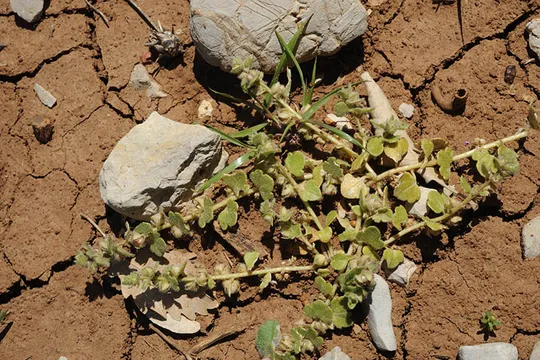Broad-leaved Speedwell
Veronica lysimachioides
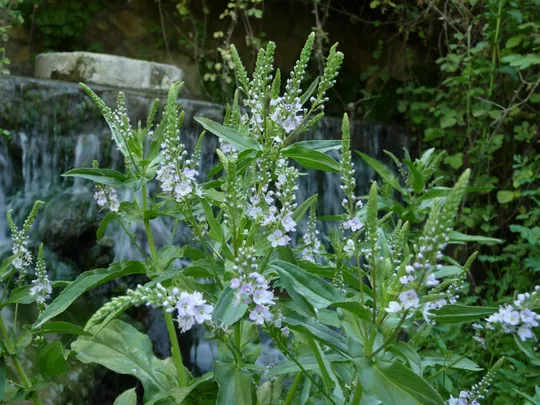
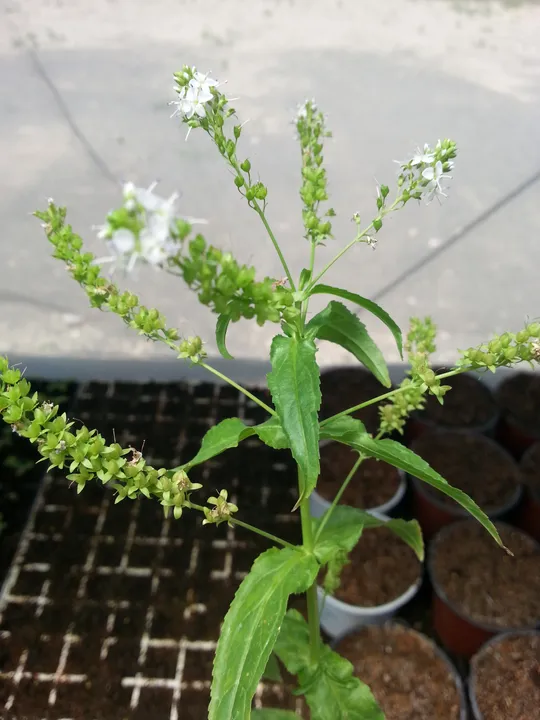
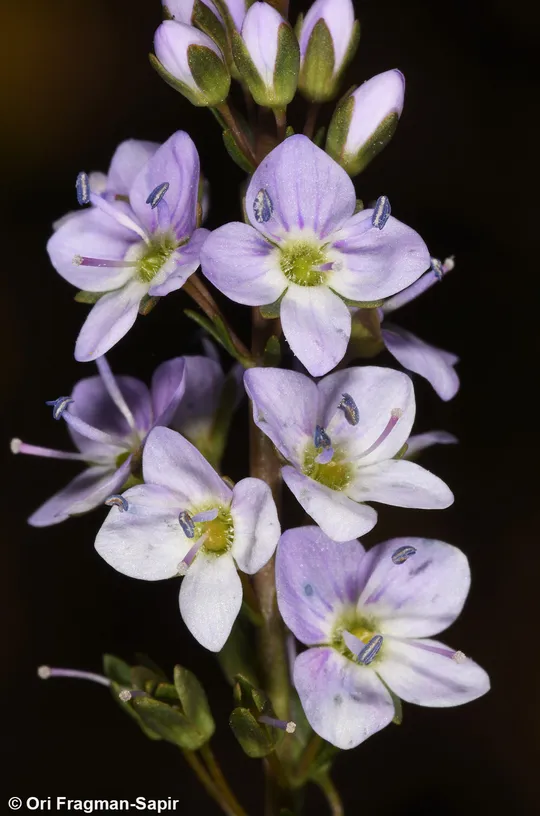

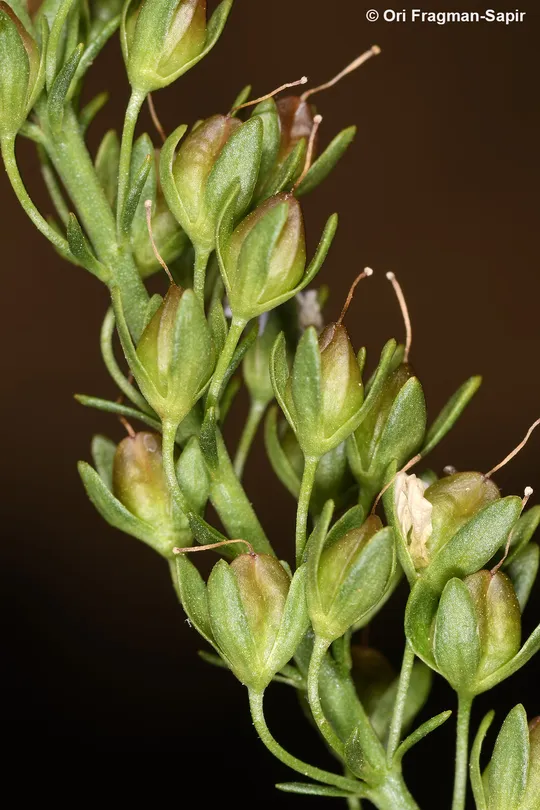
Veronica lysimachioides grows in three
regions: the Hula Valley, on the Hermon foothills and in the Kinarot Valley, on
of 14 sites. In the Hula Valley – in the Hula Reserve, the Snir Stream, the Nuhela
springs, Ghajar and Tel Dan. It was reported in the Hermon foothills, from the
Yafori Valley. In Kinarot Valley it was observed where the Jordan River flows
into the Sea of Galilee, in the Bet Tsayda Valley and in the Jordan Park. V.
lysimachioides is extinct at some of the sites where
it was collected or observed in the Hula Valley, between the 1920s and 1950s.
There are also reports from the Golan Heights at En Sumka, in the mountainous
Jordan and in the Hermon Stream, but it is not certain if the reported plant is
indeed V. lysimachioides
(see below in the systematics and biogeography section).
Moist habitats at the edges of streams, canals and marshes.
There is great
confusion in the systematic literature regarding the identity of Veronica lysimachioides. In the Analytical Flora of Eretz-Israel
(Feinbron and Danin, 1991) the plant is described as having "the leaves on
the lower and middle stem have petioles", which contradicts the description
in the Flora of Turkey. Boissier first described V. lysimachioides
from Denizli in Turkey. In the Flora
of Turkey is the species is noted from diverse sites mostly in the south of the
country, where it is apparently common in large populations. V.
lysimachioides is absent from the Post's Flora. Feinbrun
wrote in the Flora Palestina (1978) that it is actually V. beccabunga, which
was noted by Post, and up to the time the Flora was compiled, it was quoted from
Israel as V. beccabunga. After examining the herbaria, Feinbrun noted
that "this is the specimen of V. beccabunga noted by
Post". Heller (2010) in the conspectus
of Middle Eastern plants, also notes the species from many places, including
countries outside the Middle East, while in the Flora of Turkey the species is noted
as endemic to our region, growing only in southeastern Turkey and Lebanon. It thus
seems that all the top experts were confused regarding the identity of the
species, probably due to its rarity and the lack of knowledge regarding
populations in the field. The difficulty in identifying the species is probably
the reason regarding the uncertainty of its presence in the Golan Heights.
V. lysimachioides
is a rare species with a disjunct distribution that is very similar to the
extremely common and widely distributed species V.anagallis-aquatica
that has characteristic sessile leaves and an inflorescence that is not
unilateral. V. anagalloides, a delicate
plant with narrow leaves and an elliptical fruit (not round as in V. lysimachioides
and V.
anagallis-aquatica) belongs to the Veronica species
characteristic of humid habitats in Israel. We are not sure if V. anagalloides in Israel is a species in its
own right, or whether it is a form of V.anagallis-aquatica; its populations have to be
studied to resolve this issue.
·
The number of Veronica
lysimachioides sites, in areas where the marshes
disappeared and the springs dried, has decreased compared to the period before
the drainage of the Hula.
·
As a wetland
species, V. lysimachioides is threatened
by wetland drainage and the deterioration of water quality.
·
The species is
protected in Tel Dan and the Orvim Springs.
·
Its local threat
status is equivalent to its global threat (assuming it is an independent taxon
endemic to Israel).
It is important to know Veronica
lysimachioides populations in the field and verify their
taxonomic identity. The populations should be monitored and the information regarding
the species should be updated regularly. A suitable water regime should be
maintained in all the reserves where the plant grows.
V. lysimachioides is found in the Eastern Mediterranean, in Turkey, Syria,
Lebanon and northern Israel.
Veronica
lysimachioides is a perennial herb of humid habitats
in the northern regions of Israel, apparently endemic to the country. The main
threat to the species results from the status of wetland habitats. The species
is unique to Israel and thus the importance of its preservation.
Current Occupancy Map
| 1000 squre meter pixel | 5000 squre meter pixel | 10000 squre meter pixel | |
|---|---|---|---|
| number of observations | 0 | 0 | 0 |
| in total pixels | 0 | 0 | 0 |
| Family | Scrophulariaceae |
| Classification | On the endangered species list |
| Ecosystem | Mediterranean humid |
| Chorotype | Eastern Mediterranean |
| Conservation Site | Hula Nature Reserve |
| Rarity |
1
2
6
|
|---|---|
| Vulnerability |
0
2
4
|
| Attractiveness |
0
0
4
|
| Endemism |
0
4
4
|
| Red number |
1
4.2
10
|
| Peripherality | 0 |
| IUCN category | DD EW EX LC CR EN VU NT |
| Threat Definition according to the red book | Endangered |
 Based on:
Based on:
